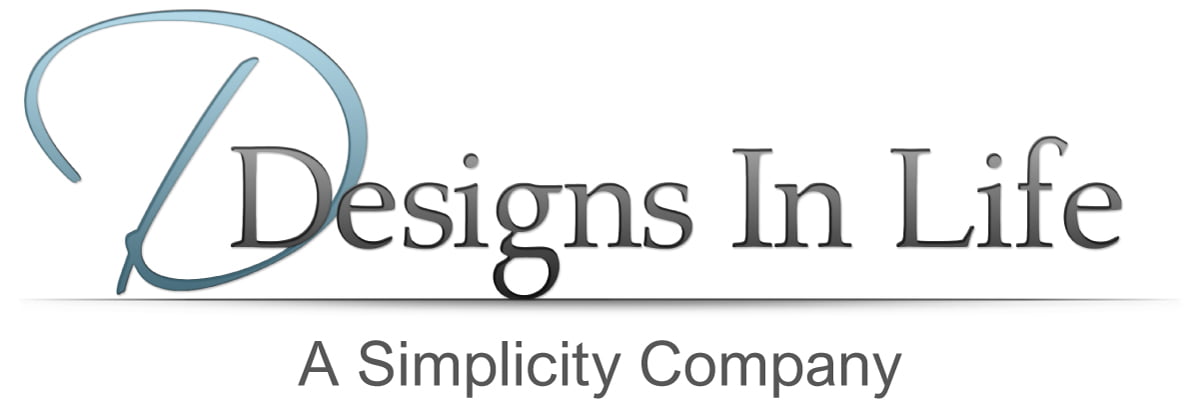“Walmart Life”
Did you ever think that you might be competing with Walmart for life insurance sales? Well, according to an article in the “The Atlanta Journal-Constitution” dated October 23, 2012, the nation’s Biggest-Box and MetLife have put together a pilot program in Georgia and South Carolina in which Walmart customers can pony up to a special in-store life insurance desk and choose between two coverage options: $10,000 or $25,000 of life insurance coverage. An 18- to 44-year-old can purchase an annually renewable term (ART) policy of $10,000 policy for about $69/year. For the older crowd, an ART for $25,000 policy for a priced at $429/yr. (60- to 65-year-olds). No mention of what kind of increases the insureds might experience in the second policy year and forward.
Underwriting is quick and easy. The applicant pays the premium at Walmart and receives a card in the amount of the premium paid. To complete the application, the applicant calls MetLife’s toll-free number to answer health questions from a licensed life agent. (So,this is a simplified-issue play for Met.) You either answer all the “knock-out” questions “no” and are approved on the spot, or you’re declined. If the latter, you take back the pre-paid premium card to Walmart for a refund of premium.
I have to wonder what happens if the applicant delays calling Met Life. I mean, Met’s got the money and there is no mention of a conditional life insurance amount in force at the time of the “sale”. What if the applicant gets run over trying to find his/her cell phone in the Walmart parking lot while searching for his/her car? I guess the survivor can always get the premium back by using the amount on the card the next time they shop at Walmart.
It was mentioned in the news article that the pilot program is based on marketing research that Met believes indicates that consumers are willing to pay more for less to avoid contacting a local life insurance agent, filling out paperwork, and avoiding a qualifying paramedical exam. Once again, an insurance company plays the ignorance-card rather than trying to educate the buying public so that they can make an informed decision of their own.
On the bright side, more people might become under-insured for shorter periods of time. And, that, says MetLife, is better than nothing.
